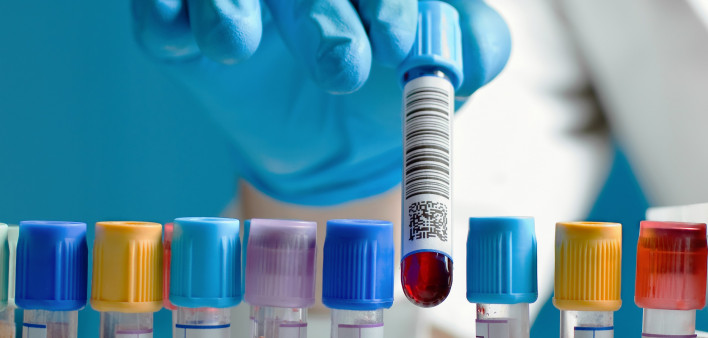For people diagnosed late with HIV, use of integrase inhibitors and immune recovery during the first two years after diagnosis were key predictors of long-term survival, according to a new study unveiled at the 24th International AIDS Conference (AIDS 2022) last week in Montreal.
Among individuals diagnosed after their CD4 count had fallen below 350, T-cell recovery during the next two years was a better predictor of mortality than their lowest-ever count.
The study, led by Raquel Martin Iguacel, MD, of the University of Southern Denmark and the Centre for Epidemiological Studies on Sexually Transmitted Infections and HIV/AIDS in Catalonia, also showed the power of integrase inhibitors, especially for people with low CD4 counts.
Late HIV diagnosis after CD4 counts have fallen to low levels—reflecting substantial immune system damage—remains common. Up to half of men with HIV in Western countries are “late presenters,” according to the researchers.
And disparities in the timeliness of diagnosis persist. According to data from the Centers for Disease Control and Prevention, the median time from HIV acquisition to diagnosis was about three years in 2018. Some studies have found that Black and Latino people, women, older people and those living in rural areas are more likely to be diagnosed late, but the disparity is greatest for heterosexual men—a five-year lag, on average.
Iguacel’s team analyzed data from the PISCIS cohort, which includes people living with HIV in the Catalonia region of Spain, from 2005 to 2019. The study population included 2,719 people diagnosed with HIV, just over half of whom were diagnosed with a CD4 count below 200. They compared outcomes between late presenters and those whose CD4 counts never fell below certain levels.
Less than half of the late-diagnosed people in the study (44%) were able to achieve CD4 cell recovery to levels above 500 within two years after diagnosis. Older people had a greater risk of incomplete immune recovery.
Overall, late presenters had a much higher mortality rate during the first two years than those diagnosed with higher CD4 counts: over 4% compared with just under 1%, respectively. But outcomes depended on how well their immune system recovered.
If their CD4 counts rebounded to above 500 after two years of treatment, they were as likely to survive long-term as those whose T cells never fell below 500. But if their count was below 200 two years after diagnosis, they were five times more likely to die. And if they fell in the intermediate range between 200 and 500, they were twice as likely to die of AIDS-related causes.
Looking at antiretroviral treatment, use of an integrase inhibitor was associated with a 46% decrease in mortality among people diagnosed late. Integrase inhibitors, including bictegravir, cabotegravir, dolutegravir and raltegravir, are components of several widely used combination pills. The researchers recommend these drugs for people diagnosed with a low CD4 count.
Since late diagnosis remains common, this research has the potential to greatly improve outcomes. The findings underscore the importance of detecting HIV early through widespread testing. This is especially important for older people, who have a harder time making a full immune recovery. Early diagnosis and prompt treatment reduces HIV disease progression and the resulting complications and dramatically lowers the likelihood of HIV transmission.
Click here to read the study abstract.
Click here for more news from AIDS 2022.







Comments
Comments